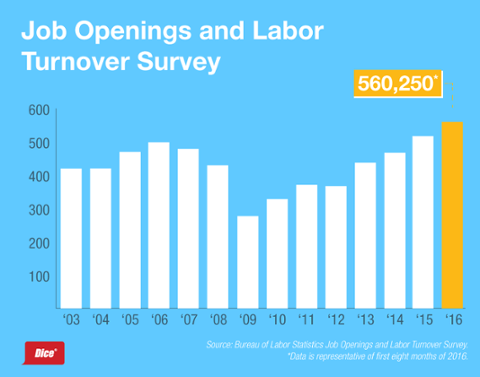The Dice Report: Remote Control
Ping pong, the imbibing of brewed malt beverages and monthly massages are some of the perks companies advertise to lure technology talent. Still, one option that technology professionals actually value is overlooked: telecommuting. Less than one percent, or 500 of the total jobs posted, on Dice mention telecommuting as an option. Yet, more than one-third of technology professionals said they’d cut their salary by up to 10 percent in exchange for telecommuting full-time. What’s remarkable is that even after two years of flattish compensation, technology professionals are willing to sacrifice $7,800 on average to work from home. Telecommuting is not a fad based on rising gasoline prices. We asked this same question nearly three years ago and got nearly identical results. Telecommuting is a viable option companies can offer to retain and recruit top talent, while saving compensation costs. Maybe if we called it cloud commuting, CIOs would buy-in. It’s a conundrum that there is reluctance amongst technology leaders to enable telecommuting. With an unemployment rate of four percent for technology professionals and shortages in specific fields, flexibility shouldn’t be a last resort. Telecommuting allows hiring managers to draw talent from outside their immediate labor pool, catching that tech professional whose skills and attitude fit, but proximity to the office is not ideal. We believe done well, the benefits of telecommuting outweigh the risks. With rising gas prices and a competitive job market, companies who want to be a part of the future, would be wise to leave inflexible work arrangements in the past.



